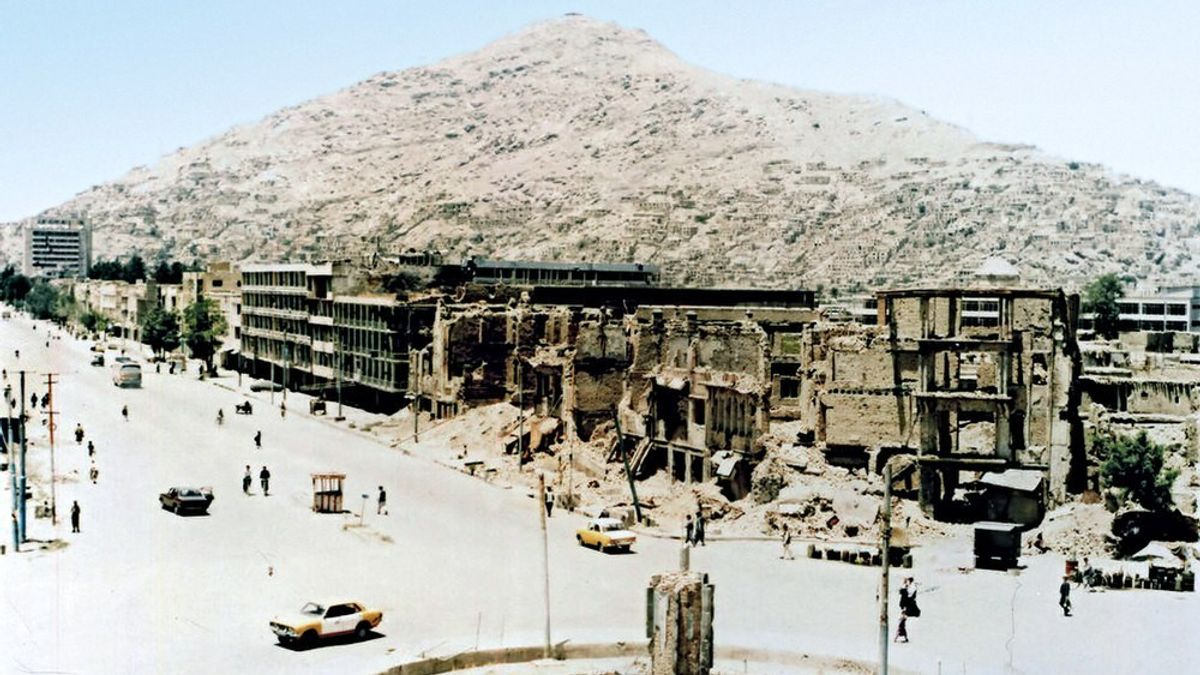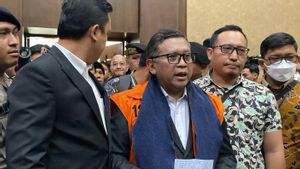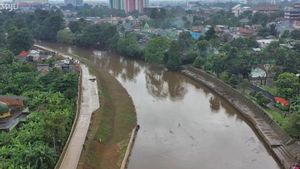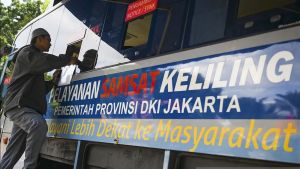JAKARTA - On September 27, 1996, the Battle of Kabul ended. This battle refers to a series of battles and sieges in the city during the period 1992-1996. The war ended with the Taliban taking control of the Afghan government.
Throughout the Soviet–Afghan War from 1979–1989 and the civil war between 1989 and 1992, Kabul City experienced little fighting. But all that changed when the communist regime of Mohammad Najibullah collapsed in April 1992. There was a peace agreement between Afghan political parties that did not go smoothly and sparked a long conflict.
Citing a Human Rights Watch report entitled Blood-Stained Hands Past Atrocities in Kabul and Afghanistan's Legacy of Impunity, following peace talks between Afghan Defense Minister Ahmad Shah Massoud and Hezb-e Islami Gulbuddin Leader, Hekmatyar Gulbuddin, the government agreed to appoint Hekmatyar as prime minister. But the agreement collapsed in less than a week, when Afghan interim President Sibghatullah Mujaddidi's plane was hit by rockets after returning from a trip to Islamabad.
Mujaddidi claimed that Hekmatyar's troops and former agents from Najibullah's government carried out the attack. He also claimed Hekmatyar had previously threatened to shoot down his plane.
The Jamiat and Junbish parties fought Hetmatyar's forces in the southern city of Kabul in late May 1992. Hekmatyar retaliated by shelling and rocketing Kabul in early June, hitting all areas of the city. Junbish and Jamiat's troops opened fire in the areas again carrying out attacks south of the city. Meanwhile, factions of the Sunnis and Shiites in Kabul have also started fighting each other in western Kabul. A total of eleven armed groups entered Kabul and fought each other.

Muhammad Najibullah (Wikimedia Commons)
Hekmatyar's troops control key points of Kabul such as presidential palace, prime minister's office, Kabul International Airport, defense ministry and many other important government offices. Most of the city is located on the North Bank of the Kabul River. Jamiat troops led by Burhanuddin Rabbani also took over strategically important offices.
Although Hekmatyar's troops reached the gates of the justice ministry and took control of the interior ministry, they were quickly repulsed after the bombardment by the Afghan Air Force, backed by artillery shells fired from a TV tower at the Jade Maiwand. Hundreds of Hezb fighters were killed and taken prisoner, including several foreign fighters.
Hekmatyar's troops also stormed the Pul-e-Charkhi prison, while it was still in central Kabul. They then freed convicts who were able to take up arms and carry out horrific acts against the population. With government institutions collapsing and many factions fighting, maintaining order in Kabul has become impossible.
Taliban victorySignificant changes occurred when the Taliban movement first emerged on the military scene in August 1994. The Taliban claimed to free Afghanistan from the corrupt leadership of the warlords at that time and build a pure Islamic society. In October 1994, the Taliban had the support of Pakistan, which was displeased with Hekmatyar's failure and saw the Taliban as a safeguard for trade routes to Central Asia and establishing a friendly government in Kabul.
Pakistani traders had long sought safe routes to send their goods to Central Asia, so they quickly provided financial assistance to the Taliban. Thus, Pakistan hopes that the government will be stable in Afghanistan, regardless of whatever ideology it will adopt. Pakistan has hope that the 3 million Afghans who have been displaced in Pakistan for 15 years will return to their homeland if Afghanistan stabilizes again.
In October 1994, the Taliban launched an insurgency in Kandahar, capturing the city on November 5, 1995. They then captured most of the south. After that the Taliban began to close in on Kabul, capturing Wardak in early February and Maidshahr on 10 February 1995. On 14 February 1995, Hekmatyar was forced to leave his artillery position in Charasiab due to Taliban advances. Therefore, the Taliban can control the weapons.

The Taliban continue to launch attacks against Kabul, using equipment belonging to Hezb-e Islami Gulbuddin. The Taliban briefly withdrew, then as they retreated a large amount of looting took place in southwest Kabul by Rabbani and Massoud's forces.
In October 1995, the Taliban recaptured Charasiab and on November 20, 1995 gave the government a five-day ultimatum. They said they would continue the bombing if President Burhanuddin Rabbani and his troops did not leave Kabul. However, this ultimatum was eventually withdrawn. In November and December it was reported that repeated shootings, rocket launches and bombings took place.
Fighting and expulsion between the Taliban and factions continued until finally in September 1996, the Taliban regained full control of Kabul. Former Afghan president Najibullah and his brother were hanged for being seen as puppets loyal to countries other than Afghanistan. All key government agencies were in the hands of the Taliban within hours, including the presidential palace and the ministries of defence, security and foreign affairs. Very strict sharia rules are imposed on the civilian population. The Islamic Emirate of Afghanistan was inaugurated.
The Taliban briefly withdrew from the Afghan government in 2001 after the United States (US) invaded to eradicate terrorism. But on August 16, 2021, the Taliban regained control of Kabul. Quickly took control of important areas and offices including the presidential palace. Before taking over Kabul, the Taliban were on the offensive. The Taliban had previously seized control of Afghanistan's two second and third largest cities, Kandahar and Herat.
*Read other information about TODAY's HISTORY or read other interesting articles from Putri Ainur Islam.
TODAY'S HISTORY MoreThe English, Chinese, Japanese, Arabic, and French versions are automatically generated by the AI. So there may still be inaccuracies in translating, please always see Indonesian as our main language. (system supported by DigitalSiber.id)









